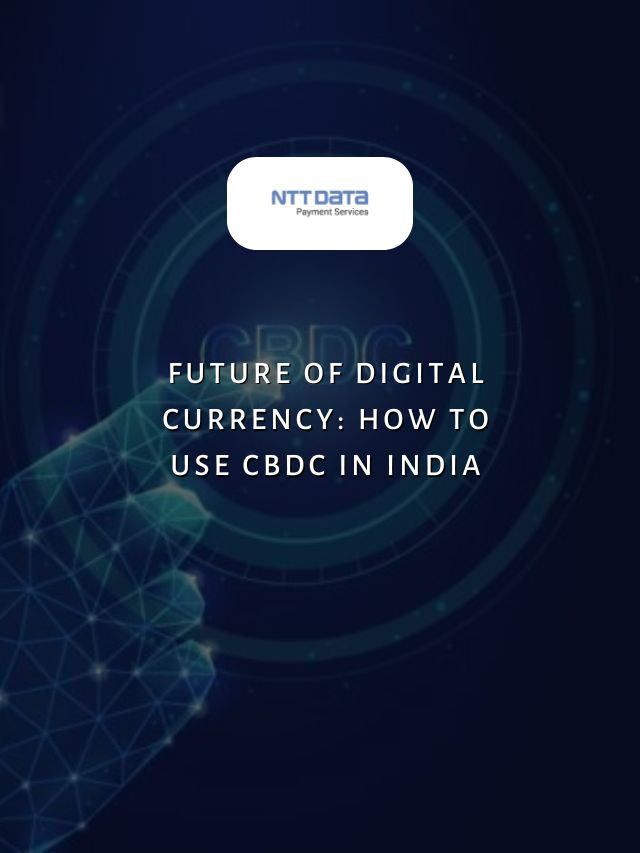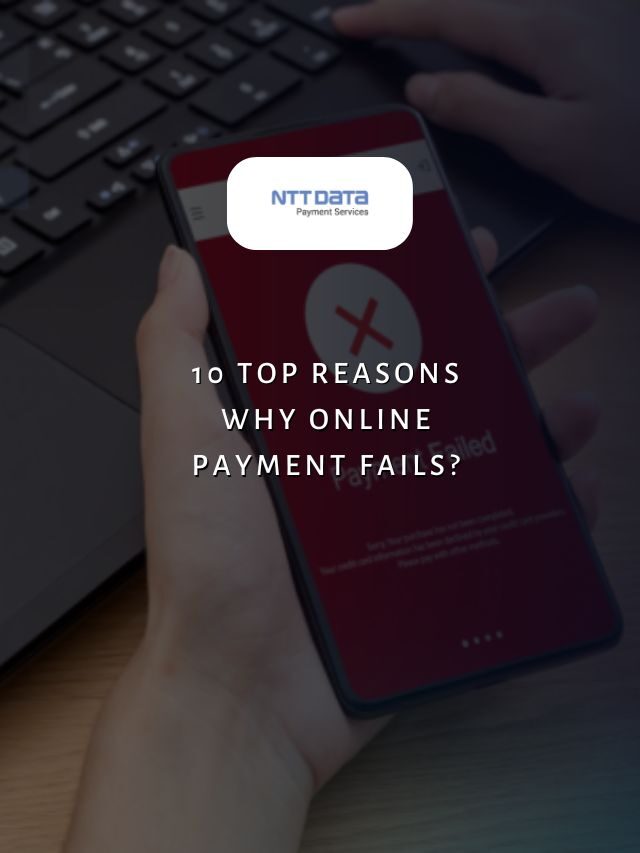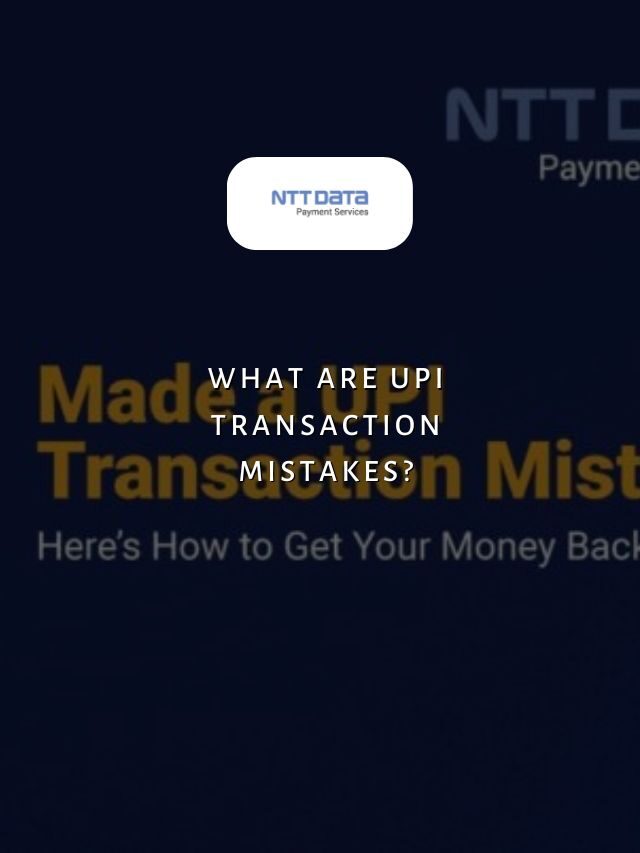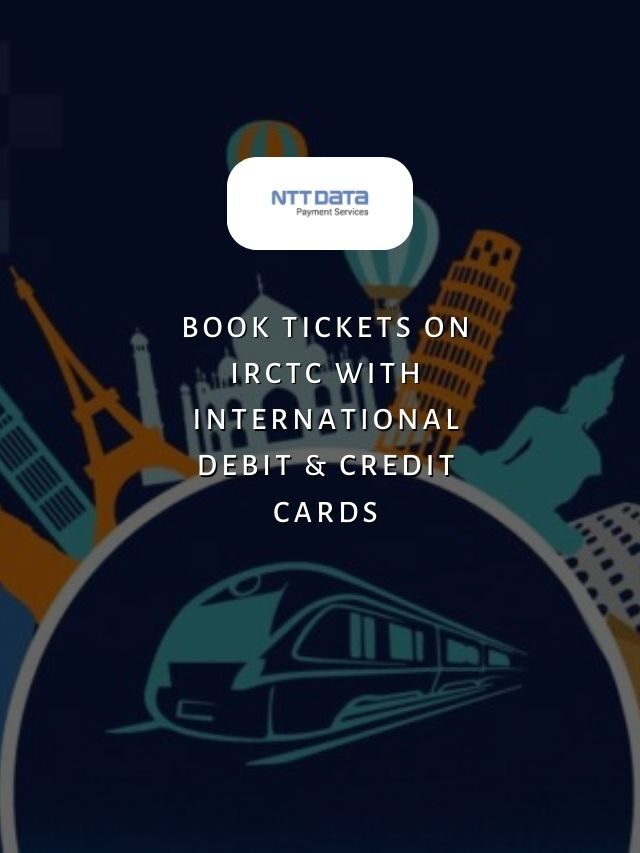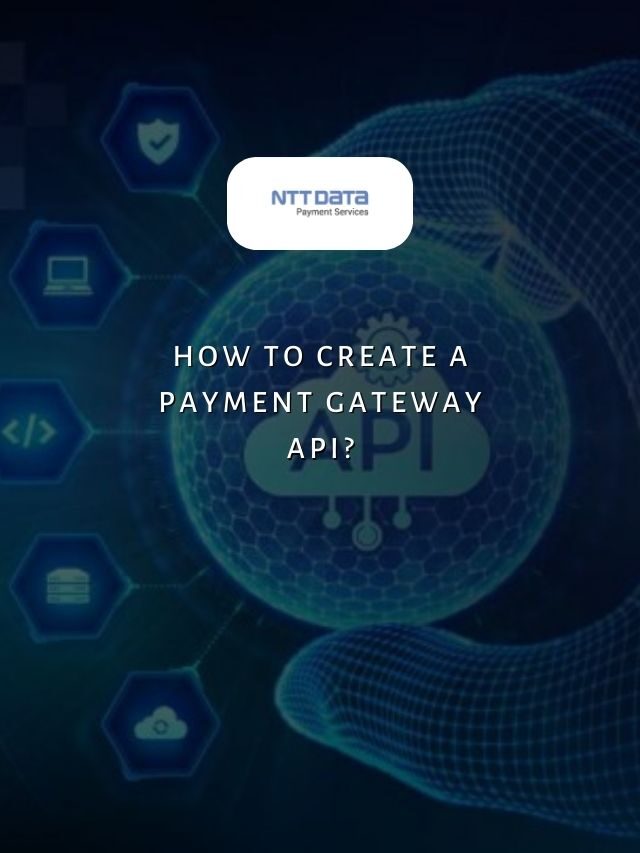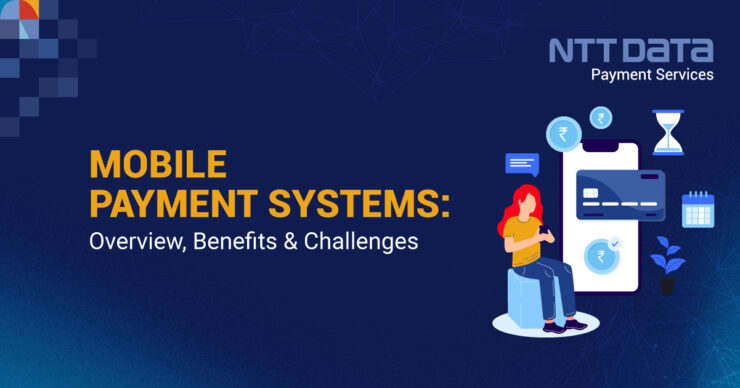
Table of Contents
- 1 Overview of Mobile Payment Systems
- 2 Recent Web Stories
- 3 Types of Mobile Payment Systems
- 4 Benefits of Mobile Payments
- 5 Challenges Faced at Mobile Payments
- 6 Secure Your Mobile Payments with NTT DATA Payment Services
- 7 Overcoming the Challenges of Mobile Digital Transactions
- 8 Mobile Payment Systems: Frequently Asked Questions (FAQs)
Mobile payment platforms allow contactless transactions directly from smartphones and come in the form of mobile wallets, banking apps, carrier billing, and mobile point-of-sale systems. They deliver immense convenience to users by facilitating ‘anywhere and anytime’ payments without cash or cards.
The blog provides an insightful overview of mobile payment systems, outlining their main types, benefits, and challenges.
Overview of Mobile Payment Systems
Mobile devices have become ubiquitous in daily life, driving the growth of mobile commerce globally. Mobile payment systems allow users to make financial transactions directly from their smartphones for online and in-store purchases.
Speed, security, and incentives like rewards, further boost the appeal of mobile payments. This has helped expand access to financial services for underserved segments as well. However, mobile payments also face interoperability issues between different apps and networks.
Overcoming these through collaboration, innovation, and policy support can unlock the full potential of these platforms to transform commerce digitally. Mobile payments are poised to become even more pervasive across daily financial interactions as technology advances.
Recent Web Stories
Types of Mobile Payment Systems
The four types of mobile payment systems are
- Mobile Wallets: Non-bank apps like Paytm, Google Pay, and PhonePe that store payment credentials and enable contactless payments at POS terminals.
- Mobile Banking Apps: Financial institutions’ apps like SBI YONO and ICICI Bank allow users to transfer funds and pay bills directly from bank accounts.
- Carrier Billing: Charging purchases to the user’s mobile phone bill like JioMoney and Airtel Payments Bank.
- Mobile POS: Card readers that plug into mobile devices to accept payments anywhere, like Square & iLettle.
Benefits of Mobile Payments
- Convenience: Mobile payments allow users to make financial transactions directly from their smartphones anytime, anywhere, without carrying physical wallets or visiting ATMs. This offers immense convenience for on-the-go payments, whether online or at retail stores.
- Speed: Tap-and-pay mobile transactions are much faster than swiping cards or entering long passwords. This improves checkout speed significantly both online and at physical point-of-sale.
- Security: Most mobile payment systems use tokenisation to process transactions, replacing sensitive financial data with unique digital identifiers. This minimises the risk of fraud compared to physical cards. Biometric authentication provides an additional layer of security.
- Incentives: Cashback, discounts, and loyalty points boost adoption. To encourage adoption, many mobile wallets offer cashback, discounts, loyalty points, and rewards on bill payments and recharges. This enhances the overall shopping experience.
- Accessibility: Mobile financial services can reach vast populations without access to banks and cards through simple mobile interfaces. This expands the reach of digital payments in emerging markets.
- Analytics: Payment data collected aids in understanding customer behaviour and spending patterns. Merchants can gain valuable insights to improve marketing, promotions, and product offerings.
Challenges Faced at Mobile Payments
1. Interoperability:
Interoperability between different mobile payment systems remains a hurdle as they operate as siloed platforms with their wallet interfaces, UX, and merchant networks. This lack of connectivity means funds cannot be seamlessly transferred or used across different apps, reducing convenience.
Addressing interoperability requires cooperation between stakeholders on common standards and open APIs.
2. Network Issues:
Network connectivity issues also impact the mobile payment experience. Glitches in data speeds or signals can cause transaction failures or delays at busy checkouts. Investments are being made to strengthen infrastructure, but 100% uptime remains challenging.
3. Security Threats:
Security continues to be a top concern area. While tokenisation and encryption protocols secure transactions, the growing sophistication of cybercriminals through malware, phishing scams, and SIM swaps poses ongoing risks. Maintaining vigilance against new and evolving attack vectors demands significant resources.
4. Customer Education:
Educating all demographics, especially in rural regions, on safely using digital payment apps also takes focused efforts. Simple tutorials, demos, and support hotlines can help boost user confidence and address adoption barriers.
5. Merchant Acceptance:
Onboarding small neighbourhood shops and merchants spread across the country at scale requires streamlined onboarding flows with assisted onboarding programs. Their technical capabilities and digital literacy also impact acceptance levels.
Secure Your Mobile Payments with NTT DATA Payment Services
NTT DATA Payment Services has established itself as a leader in the merchant payment processing domain with offerings that facilitate secure acceptance of digital payments across various mobile platforms.
NTT DATA Payment Services offers a complete payment solution to advance both your offline and online businesses from,
- Online Payment Gateway in India
- POS machines
- IVR payments
- Mobile applications, and
- Bharat QR Scan and Pay
We ensure maximum comfort, convenience, and safety for all your payments.
Overcoming the Challenges of Mobile Digital Transactions
Mobile payment systems have experienced tremendous growth globally and in India on the back of increasing smartphone ownership and digitalisation. While challenges around interoperability, security, and merchant acceptance remain.
Overcoming these challenges through continuous innovation, partnerships, and policy support can help realise the full potential of mobile payments in transforming commerce. As technologies evolve, they will become even more pervasive in daily financial transactions.
| Also, you can get frequent updates on nttdatapayments Instagram page. |
Mobile Payment Systems: Frequently Asked Questions (FAQs)
1. What are the benefits of a mobile-based payment system?
Key benefits of mobile payment systems include the convenience of making contactless payments on the go, speed of tap-and-pay transactions, enhanced security through tokenisation, and incentives like cashback that boost adoption. Mobile wallets also promote financial inclusion.
2. What is the future of a mobile-based payment system?
The future of mobile payments is expected to see wider acceptance of innovative payment methods like digital wallets, voice payments, facial recognition, and integration with wearables. Advanced technologies like 5G will further improve mobile commerce’s speeds and user experience.
3. What are the challenges of mobile payment systems?
Some challenges mobile payment systems face include a lack of interoperability between different platforms, potential network issues impacting user experience, security threats from hacking and data breaches, the need for customer education, and efforts required to onboard small merchants.
4. How can security issues be addressed?
Mobile payment providers continuously enhance security features like biometric authentication, tokenisation, encryption, etc., to prevent financial data theft. However, users must also practice safe payment habits and update devices/apps regularly to mitigate risks.
5. What policy support is required?
Policy measures around data privacy, open banking through APIs, merchant discounts, and financial inclusion targets can help address challenges and accelerate the adoption of digital transactions. Partnerships between stakeholders also play a role in overcoming barriers.

